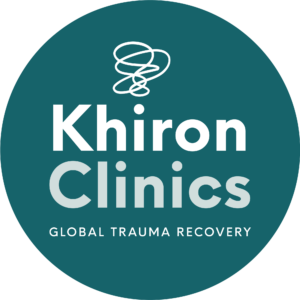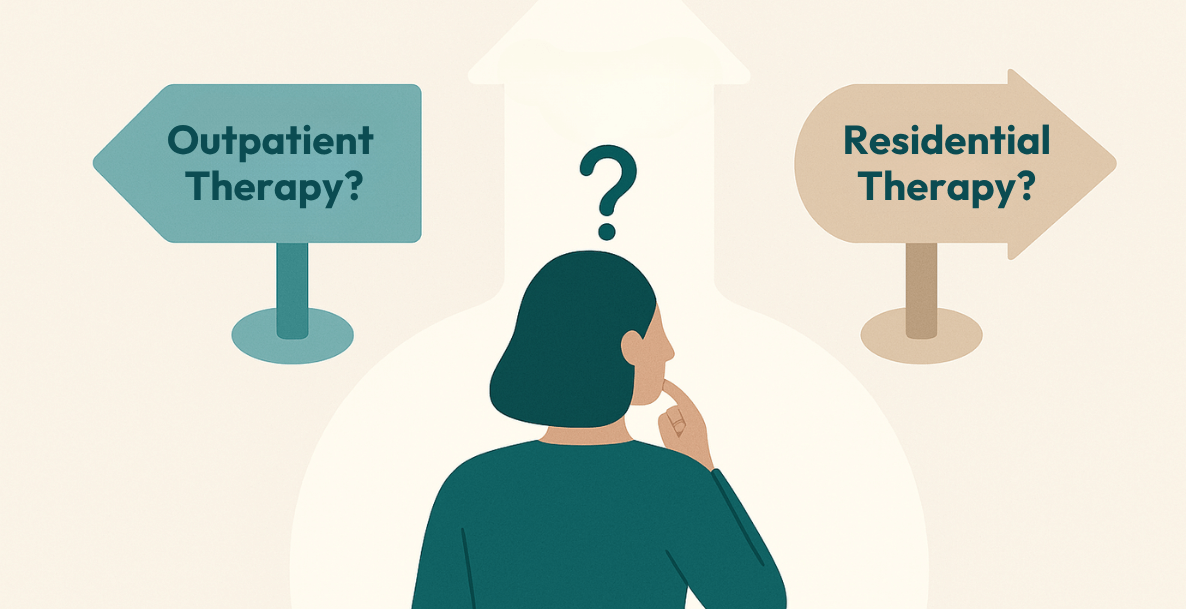The nervous system controls much more than just bodily functions. It can also play a huge role in mental health, especially trauma.
In our last blog, we identified the different parts of the nervous system and touched upon how trauma can cause dysregulation. In the second part of this series, we will look at how the fight, flight, and freeze responses impact the nervous system and how Polyvagal Theory and the vagus nerve play a role.
Fight, Flight, and Freeze
As covered in our last blog, the sympathetic nervous system kicks in when confronted with a traumatic or threatening situation. Although it is often called the fight-or-flight response, people can respond in many ways:
- Fight – aggressive behaviour, such as shouting or fighting back against a physical attack.
- Flight – in situations where people feel they do not have a good chance of fighting off the threat, they may run instead.
- Freeze – in the face of danger, people may freeze and be unable to move or fight. The body shuts off non-essential functions to help avoid detection by a threat.
- Flop – the threat can be so overwhelming to the nervous system that people ‘flop’ or faint.
- Fawn – instead of fighting or running from a threat, people may try to please or appease them to improve their survival chances.
None of these reactions are voluntary; they are unconscious actions that prepare the body to face a dangerous scenario. Each of them puts a lot of stress on the nervous system.
After facing danger, the nervous system usually regulates itself, returning the body to a baseline state. However, trauma pushes the body into a state of constant reactivity, causing symptoms such as insomnia, hypervigilance, and anxiety.
In the case of the freeze response, the nervous system can also become under-reactive. People can struggle with slow reflexes, delayed responses to stimuli such as touch and sound, and constant fatigue. A vital part of trauma treatment is bringing the nervous system back into alignment, allowing people to react accordingly to the world around them.
Polyvagal Theory
The vagus nerve is at the heart of Polyvagal Theory and vital within the nervous system. It is the longest nerve in the body, originating in the brainstem and connecting it to the abdomen.
While also helping to regulate physiological functions such as heart rate and the immune system, the vagus nerve connects to the enteric nervous system (ENS). It sends signals to the gut, helps move food, and releases digestive enzymes to break it down. However, it also influences mental health.
Polyvagal Theory, developed by Dr. Stephen Porges, describes how the vagus nerve regulates the body’s response to stress and social engagement. The vagus nerve has two sides: dorsal and ventral. The dorsal side reacts to danger signals, and the ventral side reacts to social engagement.
The ventral side is activated when the body is in a safe, secure environment, allowing for deeper communication and access to the ‘social engagement’ state. In dangerous situations, the vagus nerve can influence the immobilisation or freeze response, helping people escape the threat.
Working with the vagus nerve helps people regulate their responses to danger. A dysregulated nervous system causes over or underreactions to certain things, such as the bang of a door slamming shut. Someone stuck in the immobilisation response will shut down and withdraw, whereas someone stuck in the mobilisation response may become anxious or aggressive.
Chronic Stress and the Nervous System
Stressful situations, not just traumatic ones, activate the fight or flight response. For example, when someone is rushing to get a train on time, the sympathetic nervous system will release stress hormones to help them run to make it. When they get on the train, the parasympathetic nervous system (PNS) takes over, bringing people back into a calm, relaxed state.
Trauma pushes the nervous system out of equilibrium. Being constantly stressed affects the hypothalamic-pituitary-adrenal (HPA) axis, a vital component of the body’s stress response. Chronic stress can cause the HPA axis to become overactive, resulting in increased release of hormones such as cortisol. This can have a negative impact on physical and mental health, leading to symptoms such as fatigue, sleep disturbances, and increased susceptibility to illnesses.
Regulating the Nervous System
Regulating the nervous system and regaining a sense of safety after experiencing a traumatic event is possible in several ways:
- Relaxation techniques – Hypervigilance after trauma means that relaxation can be incredibly difficult. However, with practice and techniques, people can stimulate the PNS and activate the ‘rest and digest’ response. Breathing exercises, such as the 4-7-8 method, meditation, and yoga, can all work to soothe the nervous system and return it to equilibrium.
- Exercise – Regular exercise releases endorphins, chemicals that promote well-being and reduce stress. It also reduces the amount of stress hormones such as cortisol, combatting symptoms of anxiety and depression, improving sleep quality, and improving physical health.
- Somatic experiencing – Therapeutic modalities that focus on releasing trapped tension and trauma from the body can greatly help regulate the nervous system. They help activate the PNS and move the body out of a fight, flight, or freeze.
- Social connection – When people are socially supported in a safe, welcoming environment, the ventral side of the vagus nerve is activated. This causes a reduction of stress hormones and reduces feelings of danger.
The nervous system is critical in the body’s functions, including stress, trauma, and mental health. When it is consistently activated or under-reactive, there is no equilibrium, and people’s reactions are often out of proportion to the triggers and stimuli around them.
Polyvagal Theory provides a new perspective on the power of the nervous system. The social connection goes beyond just the mental; when Polyvagal Theory is applied, it has a physical, tangible effect that soothes the nervous system and promotes better mental health.
If you have a client or know of someone struggling with anything you have read in this blog, reach out to us at Khiron Clinics. We believe that we can improve therapeutic outcomes and avoid misdiagnosis by providing an effective residential program and outpatient therapies addressing underlying psychological trauma. Allow us to help you find the path to realistic, long-lasting recovery. For more information, call us today. UK: 020 3811 2575 (24 hours). USA: (866) 801 6184 (24 hours).






